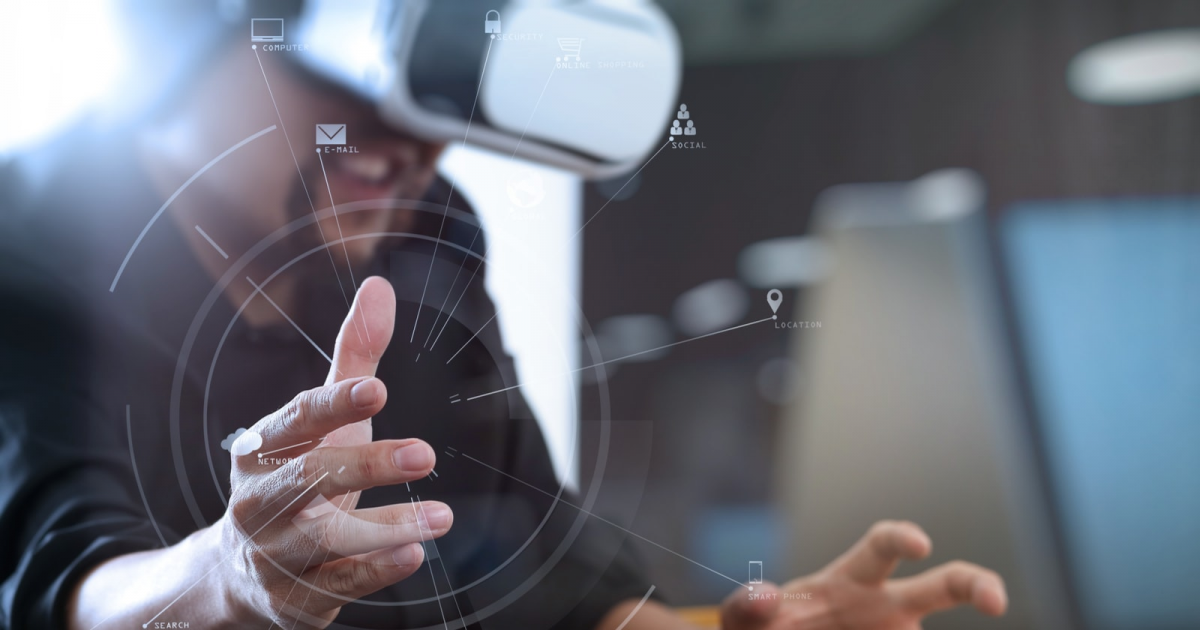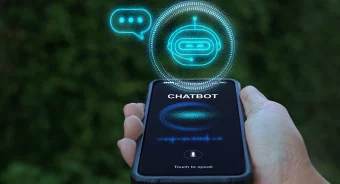Virtual reality is becoming more prominent in this day and age, allowing its users to create computer-generated environments for both professional and personal intent. By simulating places in the real world or imagined worlds/artificial spaces and allows the user to interact with that world.
Creating a content marketing strategy for virtual reality technology can be challenging. In this article, we explore the process, from concept to distribution, of building a content marketing strategy for virtual reality.
The importance of the experience when Creating a Content Marketing Strategy for Virtual Reality
The big difference between virtual reality and traditional media is that VR creates an environment in which the user feels present. For this reason, the experience related to input devices, graphics processing, viewing options, and content interactivity is paramount.
The hyperrealism of VR is a huge opportunity for marketers who want to provide consumers with a memorable experience that can be easily reproduced through promotional material.
How to Create a Content Marketing Strategy for Virtual Reality
Content creation strategies should include images and videos that illustrate how it works with or without words; how can you make your audience feel as if they are part of what’s happening? How do you emotionally engage them?
By looking at your strategic objectives spread out over time – weeks/months/years – you can better determine what you need to accomplish now.
These following are the steps needed to create a content marketing strategy for virtual reality; some of these can also be used as you drive prospects down the sales funnel.
The Planning Process To Create A Content Marketing Strategy For Virtual Reality
Understand how the technology works and what it can do. Be sure to include all involved in the creation of your VR experience, as they will help you come up with innovative ways to use technology.
Their input is essential because nothing is more frustrating than investing time and effort into something that turns out to be unworkable.
The Creation Process To Create A Content Marketing Strategy For Virtual Reality
After you plan your experiences, creating what is feasible to do is crucial. What you want the consumer to experience is very important when creating content marketing strategies. For example, 360-degree video lets users explore multiple directions around them while virtual reality apps enable you to interact with elements in the environment – knowing if this can actually be created within the resources you have is paramount.
The Execution Process Of Creating A Content Marketing Strategy For Virtual Reality
Develop a prototype and test it. Then ask yourself these questions and others that come to mind:
- How will users engage with content?
- Does it make them feel like they are there?
- Are there prerequisites needed before they can use the VR tool effectively?
These questions must be answered before any VR applications or other tools are produced. It’s just as important to determine if consumers will retain what was presented after experiencing it in VR.
The Financing Process Of Creating A Content Marketing Strategy For Virtual Reality Technology
Consider what your VR project will cost, and how the return on investment (ROI) can be measured. The costs related to production must fit into your budget; if they don’t it could derail the entire plan.
Financing can come from other areas within the organization or outside investors. Also, consider how long you are willing to wait before seeing an ROI on the project in terms of time invested compared with revenue generated (sometimes this is referred to as the payback period).
When it comes to finances, make sure that as you run these events, which can also be hybrid events, measure their success to ensure that you keep what works and improve on what doesn’t.
Using Vr For Marketing – Goals Of A Content Marketing Strategy
The following objectives should be considered as part of a content marketing strategy. You can use VR to:
Engage with consumers in new and innovative ways that will differentiate your brand from the competition.
This means that you want the consumer to be engaged with your brand or product. VR is a way to do just that, but marketers must determine what aspects of VR work best for their personal brands and then decide if they will support those elements.
For example, can you use 360-degree video to position your brand as fun, adventurous and entertaining? Or would using graphics only work better for your brand’s message?
You can also think about this in regards to driving more engagement to specific events with social media.
This means that you want the consumer to remember your brand when shopping for related products and services. During this process, try comparing different technologies and determine which one works best for you. It’s important to know what is expected of VR since it’s still such a new technology.
With that said, you can take it a step further and organize specific events in a VR format. For example, what if your next video conference was held in VR fashion rather than the traditional one?
If you don’t have the resources or time to create content that is super memorable, partnering with other organizations can help solve problems or cover areas where there are gaps in your plan. Before selecting an organization with whom to partner, make sure they understand your objectives and how they relate to overall marketing strategy objectives as well as competitive goals (i.e. their goals may be in direct conflict with yours).
This means that you would like a VR experience to be used in conjunction with other marketing activities. For example, an app can be created that allows consumers to share their photos after attending your trade show booth. Here’s further reading for you if you want to learn the killer tips to market your next event successfully.
Types of experiences you can create
The following are examples of different types of experiences you can create. These concepts have been tested and are proven to be effective:
360-degree video.
This type of experience utilises a traditional camera setup or consists of images that were previously taken and stitched together to create a spherical environment. For example, users can look around them while watching 360-degree video footage using an app on their mobile device.
Immersive virtual reality.
Immersion is a good word to describe this type of experience because the consumer’s focus is shifted to another environment that they can interact in a 3D manner (i.e., they can move around within it).
Augmented reality.
This type of experience uses the physical environment as a way to create something digital in real-time.
For example, using mobile devices, consumers can find objects or pictures and then interact with them by being able to add graphics into the object/picture (i.e., they can take a picture of their office desk and then place graphics that represent communication tools on it).
Mobile app for VR.
This type of experience utilises an application software program that is controlled within specific parameters and is used in conjunction with other equipment like a headset or controller.
Conclusion
In conclusion, using VR to market to consumers can be a great way to set new standards when it comes to showcasing your product or service – especially if you are running anything that is close to a lifestyle business.
Because the industry is still new, you can expect that there will be trial and error involved, however, if planned out well, the pros of a content marketing strategy for virtual reality will outweigh the cons. One thing to keep in mind is that when executing a content marketing strategy for virtual reality, your return on investment may take longer than anticipated – so be sure to factor this in.
The main point here is that VR is brand-building at its best and it has also been proven to work effectively with other forms of more traditional marketing.
By combining all of these methods, you will be able to give your customers a great user experience while making them long-term brand supporters.
Author Bio
Hanson Cheng is the founder of Freedom to Ascend. He empowers online entrepreneurs and business owners to 10x their business and become financially independent. You can connect with him here.








